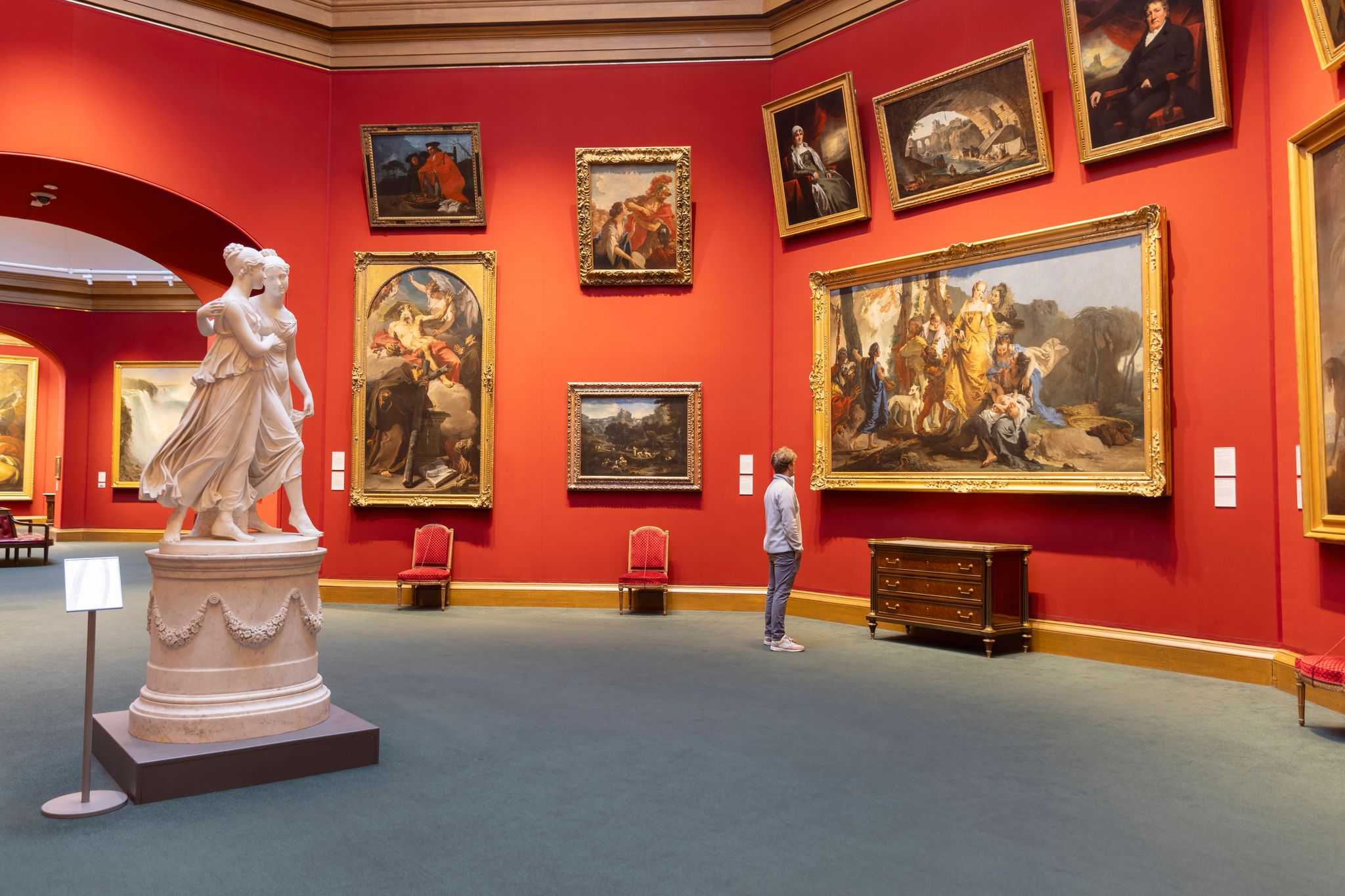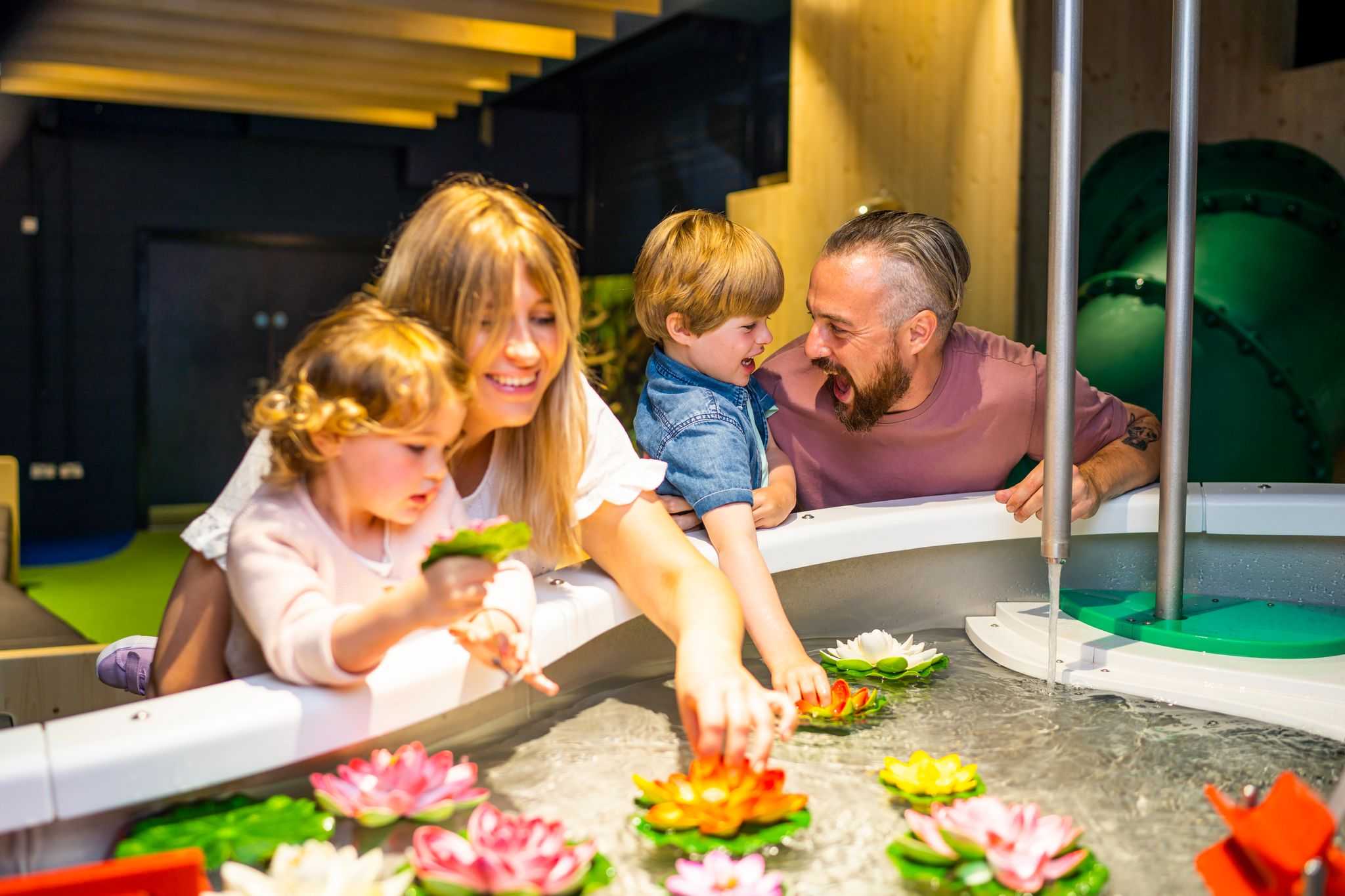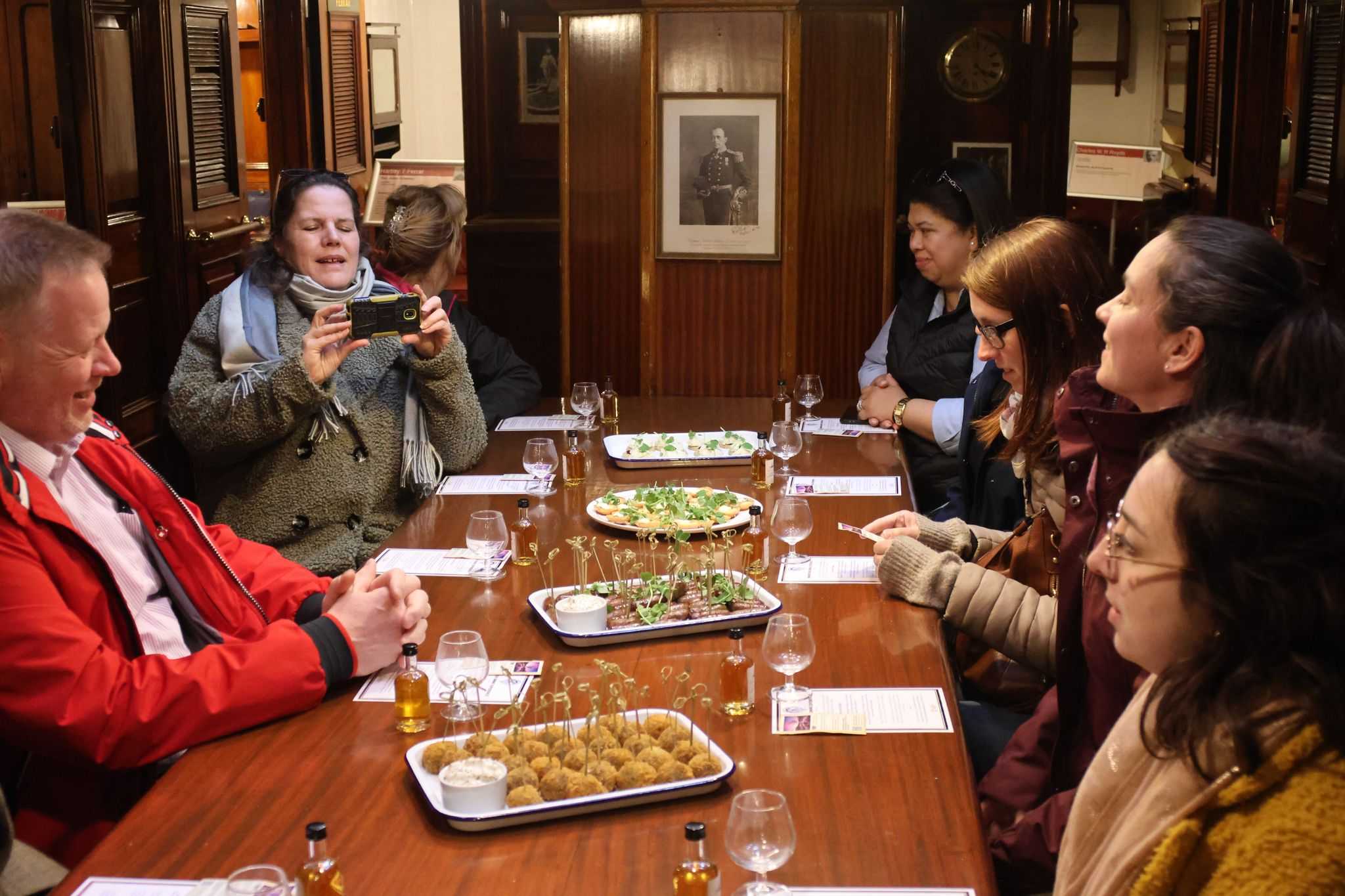Online information
A strong online profile and presence through your website, social media channels and booking platforms (if applicable) is fundamental. Consistent information and high-quality content mean that customers should know exactly what to expect.
For example:
- opening/closing times
- prices
- a clear description of the core experience
- catering and retail options
- inclusivity
- parking availability
You will also need to be clear about whether pre-booking is required, advised or not necessary.
For tours or activity-based experiences, it can be especially important to provide detailed information around itineraries and preparation.
This might include:
- meeting points
- departure times
- tour/activity overview
- suitable clothing
- food and drink provision
Remember your website and social media are windows into your business, so in addition to comprehensive information use high-quality images of all aspects of the experience.
For further advice on websites, social media and more, take a look at our guidance on promoting your business.
Loch Katrine Experience
Provide a seamless booking experience
Some experiences will require a booking or ticket purchase in advance. Give customers confidence in your business with a clear and transparent process regardless of whether they might be booking direct or through an online travel agent (OTA).
What to have on your website
- Terms and conditions visible when the booking is being made, with clear guidance around cancellations, irrespective of how the booking was made.
- If different packages are offered, be clear as to what each offers and the costs involved.
- Up-to-date availability calendar allowing for simple phone and online bookings.
- Secure online booking system that takes bookings without your personal interaction (unless requested) – allowing 24/7 transactions from anywhere in the world.
After a booking is made
- Set up automated confirmations of bookings with all relevant details including dates, prices, and terms and conditions.
- Provide receipts for every payment made and send appropriate reminders if a full balance payment is required (eg a week before the payment is taken).
- Send a pre-arrival email to all bookings 1-2 days before their reservation. For tours and activities this is again an opportunity to remind customers about things like meeting points or suitable clothing.
- Tell pre-booked customers about any likely disruptions due to bad weather or roadworks in your area and ask that they get in touch if their anticipated time of arrival changes significantly.
Further guidance
For information on online booking systems and more, check out our page on making visitor attractions bookable.


